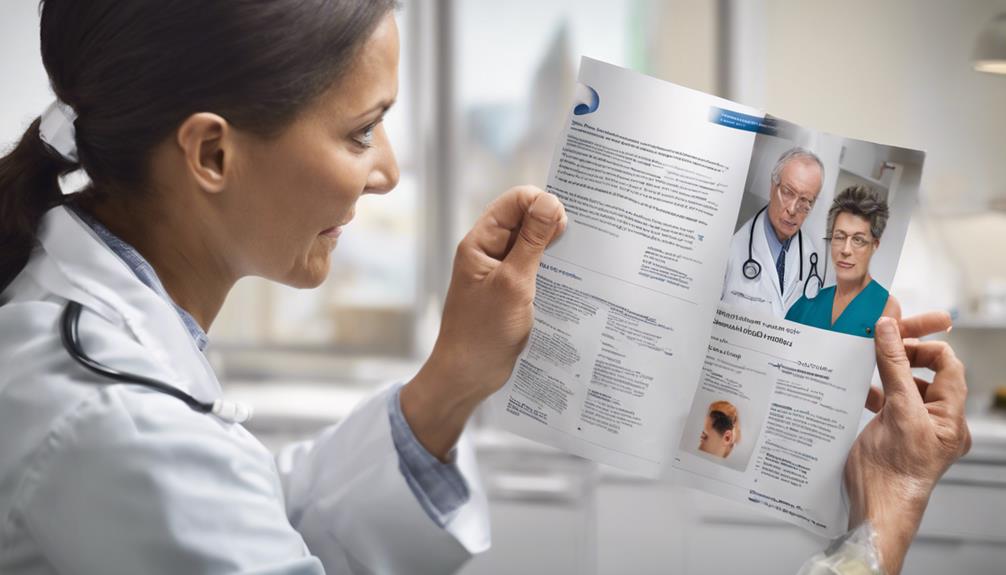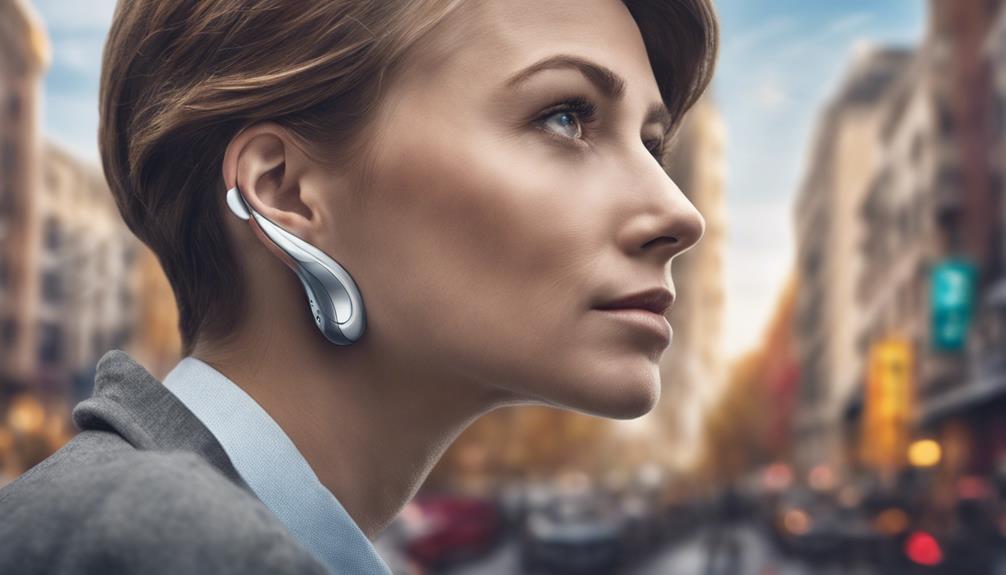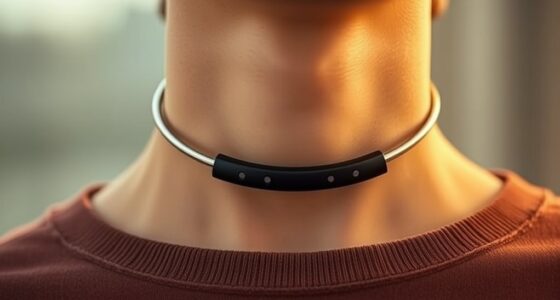As we dive into the Assistive Listening Devices market trends, it is reminiscent of witnessing a symphony coming to life, where each instrument contributes crucially to the overall harmony.
The crescendo of technological advancements, the subtle shift in consumer preferences, and the melodious integration of artificial intelligence form a tapestry worth exploring further.
These seven key trends offer a glimpse into the future of assistive listening technologies, promising exciting developments that could reshape the way we perceive sound accessibility.
Explore with us as we unravel the intricacies of this evolving market.
Key Takeaways
- Integration of Bluetooth technology for seamless connectivity and improved accessibility.
- Shift towards sleek, wireless designs catering to consumer preferences for convenience.
- Rising demand for AI-powered solutions tailored to individual hearing needs.
- Emphasis on user-friendly interfaces and advanced signal processing for enhanced sound quality.
Technological Advancements
Our analysis reveals that the technological advancements in assistive listening devices have revolutionized the user experience. Incorporating features such as Bluetooth connectivity, users can seamlessly integrate their devices with smartphones and audio systems, enhancing accessibility and convenience. Moreover, the integration of advanced signal processing algorithms has significantly improved sound quality while reducing background noise, thereby optimizing the overall listening experience for individuals with hearing impairments.
The inclusion of wireless connectivity options in modern ALDs has granted users greater freedom of movement and flexibility in diverse environments. Furthermore, the integration of artificial intelligence (AI) has enabled personalized sound adjustments and smart functionalities, catering to the unique needs of each user. These advancements not only enhance the performance of assistive listening devices but also contribute to a more user-friendly and aesthetically appealing design. Manufacturers are focusing on creating compact, stylish, and discreet ALDs that prioritize both functionality and visual appeal, ensuring a seamless and enjoyable user experience.
Shift in Consumer Preferences

Consumer preferences in the assistive listening devices market are undergoing a noticeable shift towards sleek and discreet designs. This trend reflects a growing desire for stylish devices that blend seamlessly into daily life while providing essential support for individuals with hearing impairments. As market trends evolve, there's a strong demand for wireless technology and Bluetooth connectivity in assistive listening devices.
Consumers are increasingly seeking personalized solutions that cater to their specific hearing needs and preferences, driving manufacturers to develop innovative products that offer a high degree of customization.
Moreover, the integration of artificial intelligence (AI) in assistive listening devices is gaining traction, with users looking for advanced functionalities that enhance their overall listening experience. In response to these changing preferences, industry leaders are focusing on creating devices with user-friendly interfaces that are intuitive and easy to navigate.
The emphasis on discreet design, coupled with cutting-edge technology, is reshaping the landscape of assistive listening devices and driving the market towards more sophisticated and consumer-centric solutions.
Growing Demand for Wireless Solutions
We've observed a surge in the demand for wireless assistive listening devices, driven by the benefits of wireless connectivity.
The convenience and flexibility offered by wireless solutions are key factors that attract users to this technology.
Advancements in wireless technology have further enhanced the accessibility and user experience of individuals with hearing impairments.
Wireless Connectivity Benefits
Experiencing a surge in demand, wireless connectivity in assistive listening devices is rapidly becoming the preferred choice for users seeking enhanced flexibility and convenience in audio streaming.
The growing demand for wireless solutions stems from the elimination of cable constraints, thereby improving the overall listening experience. Bluetooth technology advancements have played a pivotal role in enhancing the connectivity options available to users of assistive listening devices.
The seamless audio streaming capabilities provided by wireless connectivity benefits users by offering improved accessibility in various environments. This shift towards wireless solutions signifies a fundamental change in the market, with users prioritizing the flexibility and convenience that wireless technology affords them in their audio streaming experiences.
Convenience of Wireless
The shift towards wireless solutions in assistive listening devices signifies a fundamental change driven by the growing demand for enhanced mobility and connectivity options. When considering the convenience of wireless ALDs, several key factors come into play:
- Bluetooth connectivity: Enables seamless connection with smartphones, TVs, and various devices, enhancing user experience.
- Mobility: Allows users greater freedom of movement without the constraints of cords or cables.
- Accessibility: The absence of wires reduces the risk of tangling or tripping, making wireless ALDs ideal for active individuals.
- Integration: Wireless technology facilitates easy integration with other assistive devices, expanding functionality and usability for users.
Wireless Technology Advancements
Amid the surge in wireless technology advancements, the demand for wireless solutions in assistive listening devices has experienced a notable increase. Wireless assistive listening devices now offer Bluetooth connectivity, enabling seamless pairing with various audio sources. These devices provide improved range and signal stability, enhancing the user experience significantly. The integration of wireless technology in assistive listening devices has led to the development of more discreet and portable options, catering to users' diverse needs. This shift towards wireless solutions not only offers greater convenience but also opens up new possibilities for individuals seeking assistive listening devices that seamlessly integrate into their daily lives. The advancements in wireless technology are revolutionizing the assistive listening device market, prioritizing user experience and accessibility.
| Wireless Technology | Wireless Assistive Listening Devices | Bluetooth Connectivity |
|---|---|---|
| Seamless Pairing | Improved Range | Signal Stability |
Integration of Artificial Intelligence
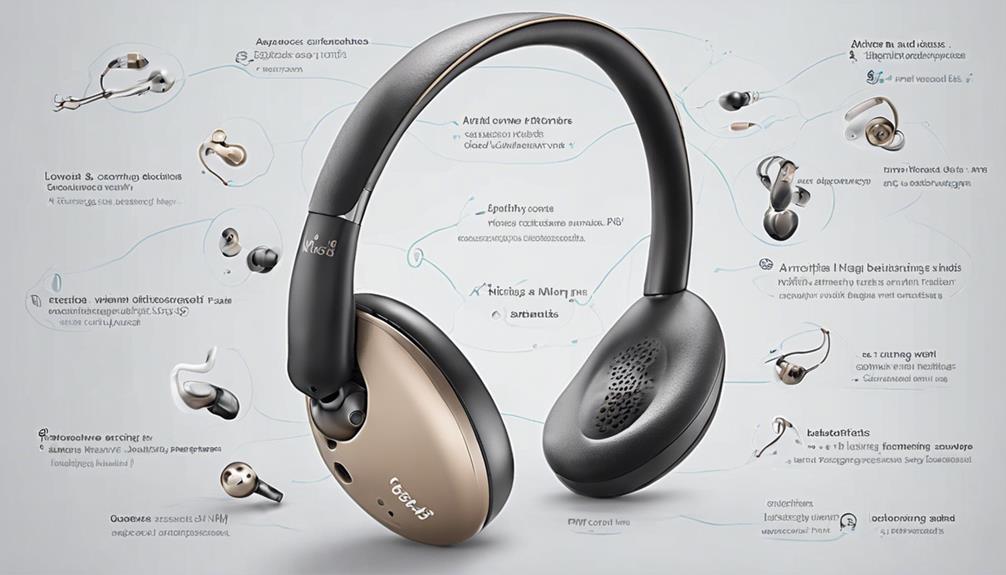
With the integration of artificial intelligence, assistive listening devices are now equipped with advanced noise reduction and sound enhancement algorithms. AI algorithms in ALDs can automatically adjust settings based on the user's environment and preferences for optimal hearing assistance.
These AI-powered ALDs can adapt to different listening situations in real-time, providing personalized and adaptive hearing assistance. Additionally, AI integration allows for seamless connectivity with other smart devices, enhancing the overall user experience.
This use of AI in assistive listening devices is revolutionizing personalized hearing solutions for individuals with hearing impairments. AI not only improves noise reduction and sound enhancement but also enables real-time adjustments and personalized solutions, marking a significant advancement in the field of hearing assistance technology.
The incorporation of artificial intelligence has elevated the capabilities of assistive listening devices, offering users a more tailored and effective hearing experience.
Focus on User Experience
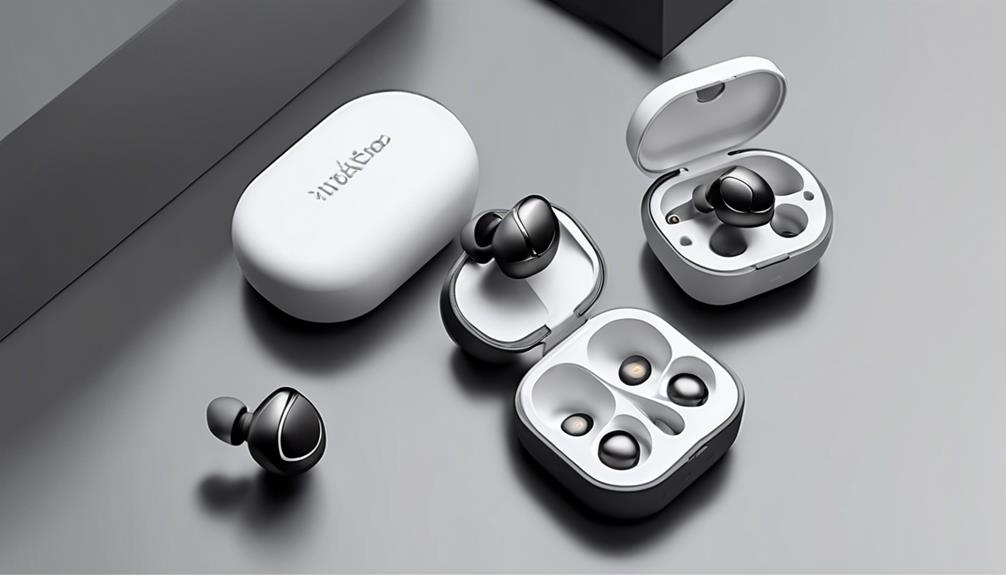
Enhancing user satisfaction through improved design and functionality remains a pivotal focus in the evolution of assistive listening devices. User experience is a key driver in the market, with a focus on enhancing satisfaction for individuals with hearing impairments.
Customizable settings and personalized features are being integrated to cater to individual preferences. User-friendly interfaces and intuitive controls are being developed to enhance accessibility and ease of use. Prioritizing improvements in comfort, fit, and design ensures that users can comfortably wear these devices for extended periods.
Design feedback and user input play crucial roles in the continuous improvement of assistive listening devices, helping manufacturers refine their products to better meet user needs. By listening to users and incorporating their insights, the industry can create devices that not only address hearing impairments effectively but also provide a positive user experience tailored to individual preferences.
Expansion Into New Market Segments

Our industry is witnessing a shift towards expanding into new market segments to better address the diverse needs and preferences of consumers requiring assistive listening devices. This strategic move involves diversifying product offerings to target specific applications and user groups effectively.
Here are some key points highlighting the significance of this trend:
- Market expansion: Companies are exploring new market segments to tap into niche markets and broaden their consumer base.
- Enhancing competitive edge: By developing specialized devices for different user needs, companies can strengthen their competitive position in the industry.
- Growth opportunities: Expansion into new segments presents growth opportunities by addressing unique challenges and requirements faced by various end users.
- Innovation and adaptation: This trend underscores the importance of innovation and adaptation to changing demands in the dynamic landscape of assistive listening devices market.
This strategic approach not only boosts market penetration but also fosters innovation and relevance in meeting the evolving needs of consumers.
Regulatory Developments

Expanding into new market segments necessitates strict adherence to evolving regulatory developments within the assistive listening devices industry, notably the implementation of standards such as ADA guidelines for accessibility in public venues. Compliance with these regulations ensures equal access to communication for individuals with hearing impairments. Regulatory bodies closely monitor the quality and effectiveness of assistive listening devices to meet industry standards. Continuous updates in regulations are geared towards enhancing the usability and functionality of these devices. Adherence to regulatory requirements is paramount for manufacturers and providers to guarantee the proper functioning and accessibility of assistive listening devices.
| Regulatory Developments | ADA Guidelines | Industry Standards |
|---|---|---|
| Accessibility | Public Venues | Usability |
Frequently Asked Questions
What Is the Most Commonly Used Assistive Listening Device?
The most commonly used assistive listening device is the personal amplifier. It provides portable and adjustable sound amplification for individuals with hearing impairments.
Personal amplifiers are versatile and easy to use in various settings like classrooms and meetings. They enhance sound clarity and volume for those with mild to moderate hearing loss.
Features such as noise reduction, directional microphones, and adjustable volume controls cater to individual needs, emphasizing the importance of personalized solutions for people with hearing impairments.
How Big Is the Assistive Listening Devices Market?
The global Assistive Listening Devices market is valued at USD 446.14 million in 2022, expected to grow to USD 688.15 million by 2028 at a CAGR of 7.49%.
This market encompasses various products like Personal Amplifiers, FM Systems, Infrared Systems, Induction Loop Systems, and Bluetooth, catering to both Personal and Commercial Use applications across regions.
The diverse offerings and increasing demand showcase the market's significant expansion potential in the coming years.
What Are the Examples of Assistive Technology for Hearing Impaired People?
Examples of assistive technology for hearing impaired individuals include:
- Personal amplifiers
- FM systems
- Induction loop systems
- Infrared systems
These devices aid in overcoming communication barriers in various settings. Personal amplifiers improve sound quality for those with mild to moderate hearing impairments. FM systems directly transmit audio signals to hearing aids or cochlear implants for clearer sound reception. Induction loop systems wirelessly transmit audio signals to hearing aids equipped with telecoils using electromagnetic fields.
What Are the Assistive Listening Devices for Auditory Processing Disorder?
We utilize a range of assistive listening devices for auditory processing disorder, such as FM systems, personal amplifiers, and Bluetooth technology. These tools enhance sound clarity, reduce background noise, and offer wireless connectivity, aiding individuals with auditory processing challenges.
FM systems excel in educational settings, improving speech perception. Personal amplifiers provide portable solutions for various environments. Bluetooth integration enables seamless access to audio sources, enhancing the auditory experience for those with processing difficulties.
Conclusion
In conclusion, the top 7 trends in the Assistive Listening Devices market are paving the way for unprecedented advancements and growth opportunities.
With technological innovations, shifting consumer preferences, and a focus on user experience, the market is poised for remarkable expansion.
As we navigate these trends, we're reminded of the saying, 'the only way to predict the future is to create it,' and the future of assistive listening devices looks promising indeed.


